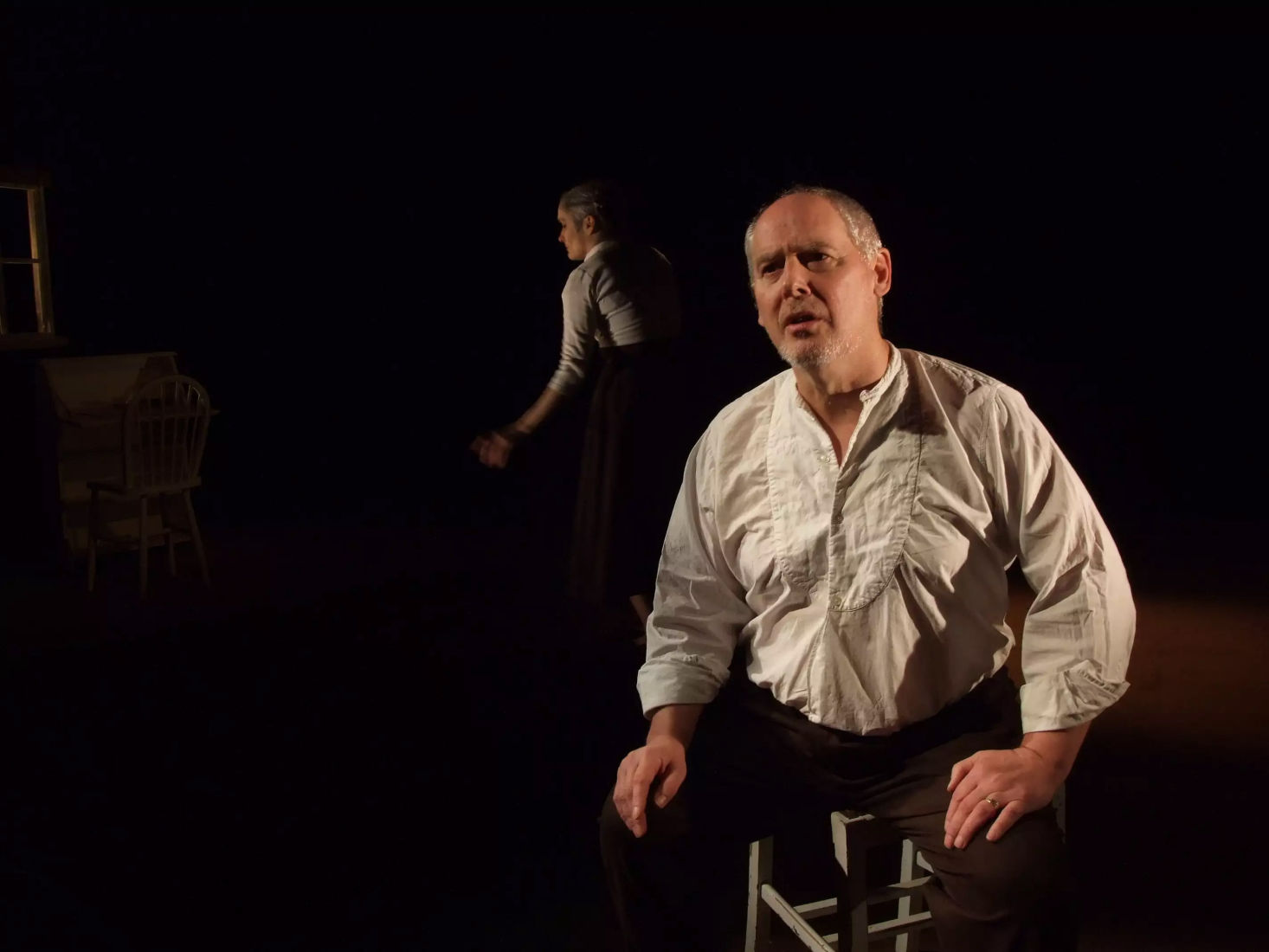When someone passes-on, they don’t only leave you bereaved but also burdened to find a way to remember and contain them in your thoughts. This is my attempt to hold-on to my dear friend and teacher Phillip Zarrilli (1947-2020).
There are very few people who can traverse two worlds with the love, care and respect that Phillip did. And I don’t say this out of fondness for the man but out of awe at the delicacy with which he inhabited the two realms: Western/Eastern, modern/traditional, somatic/cerebral. And he did that with effortless ease, with a “matter-of-factness” that would exemplify his work, training, teaching and attitude to life and death.
Phillip first came to India to train in Kathakali in 1976, after being Influenced by the work of theatre-innovators/anthropologists like Jerzy Grotowskiand Eugenio Barba, who were turningEastward in search of somatic methods to build “wholeness”, “presence” and “energy” in the performer. But in doing so, they were perhaps also risking rendering Eastern performance traditions as “precious”, as is evident in Barba’s view of Kathakali, which he calls “a distant glittering star helping me find my way to some other galaxy.”
Phillip’s stated intention at the very start of his training at the Kerala Kalamandalam was not to become a Kathakali performer but to understand its pre-performative training methods that could be used in the training of modern-day actors. His rigorous training in the dance-theatre form soon led him to kalaripayattu,the martial art that served as a preliminary training to the dance-theatre form, which had made a strong impression on Grotowski, and in which Phillip would see the promise of the pre-performative method that he was seeking, unfold. Over the next two decades, he maderepeated trips to Kerala to devote himself to training in kalaripayattuunder the expert guidance of Govindankutty Nair at the CVN Kalari, Thiruvananthapuram;not only to learn it to use it for actor-training but to fulsomely inhabit the form from the inside and become a master-practitioner.
Deeply entrenched in the form, he continued to remain an enquiring observer-participant. I think one of the most perceptive insights that Phillip offers to theatre-anthropology is that these cultural forms are not only rich repositories of culture but also “commonplace” within the local culture. By doing so, he deflates the insider/outsider, subject/object divide virtually in one stroke. One can say that by positioning himself so delicately and may I add, casually, between this inside and the outside, Phillip brought self-consciousness not only into the form (as is evident from his highly reflective writing on Kathakali,Kalaripayattu, and actor-training) but also to the field of intercultural theatre, forcing an appraisal of the Western intellectual traditions of representation, especially, of the Asian Other. “Many specific cultural terms (Sanskrit prana, Chinese ch’i, Japanese ki) from which Barba extracts his generic terms (energy/presence/invisible) might better be thought of as commonplace “facts of daily life” available both to the performer and to the inquisitive outsider who asks what it is the performer is doing.

